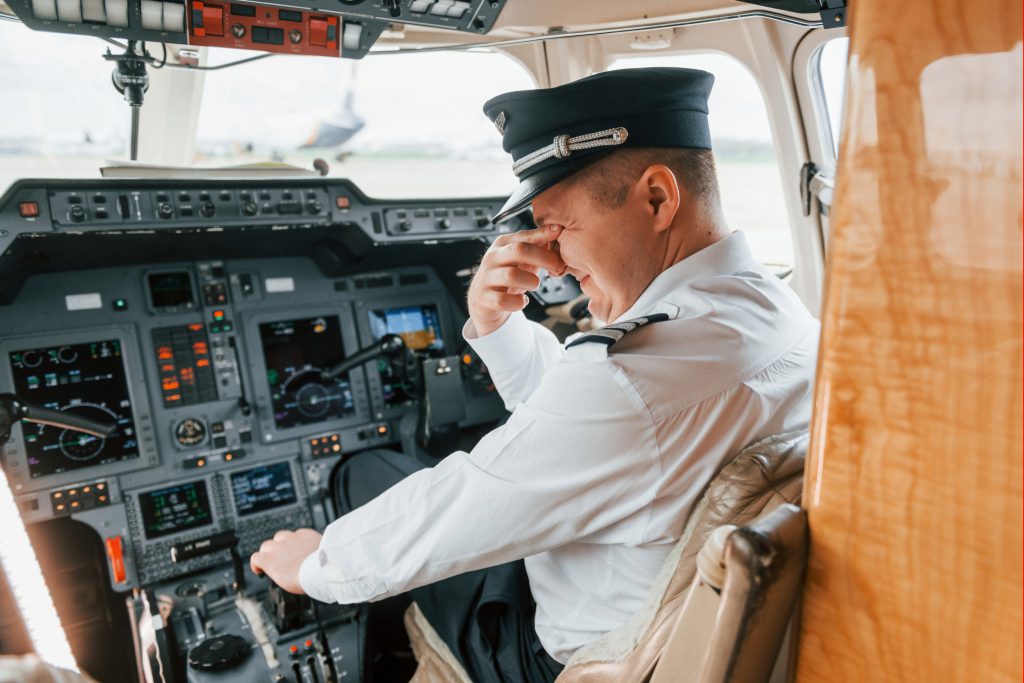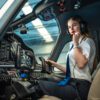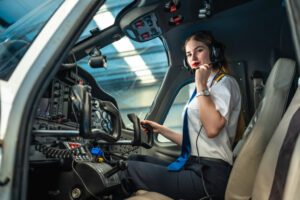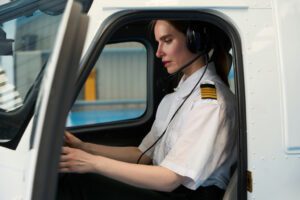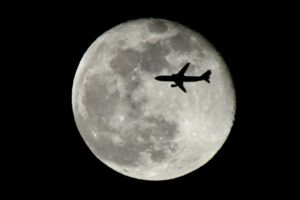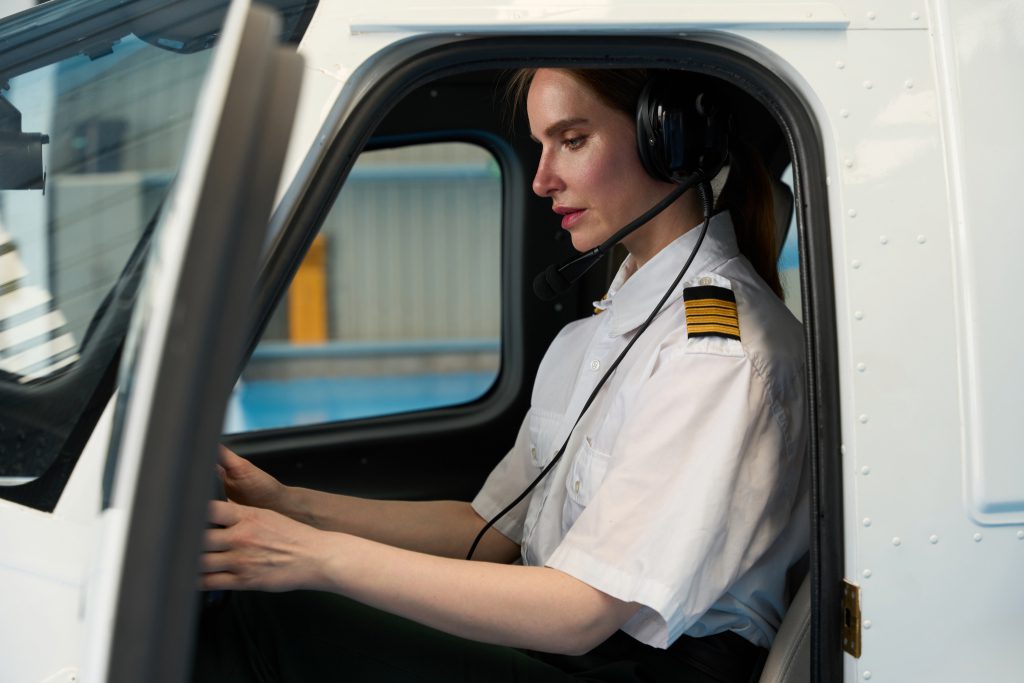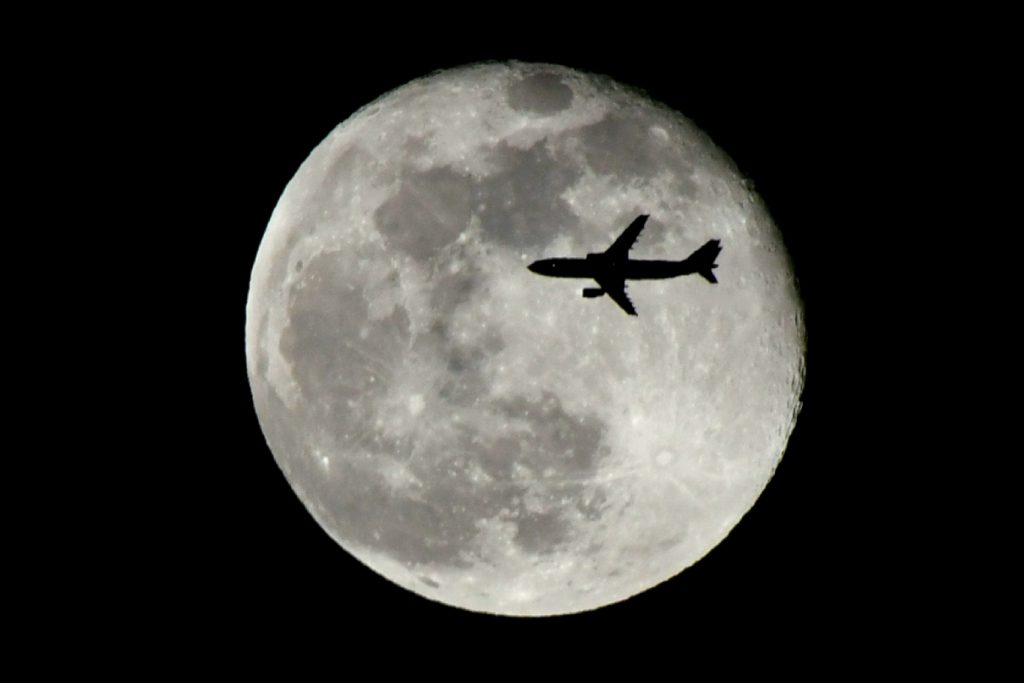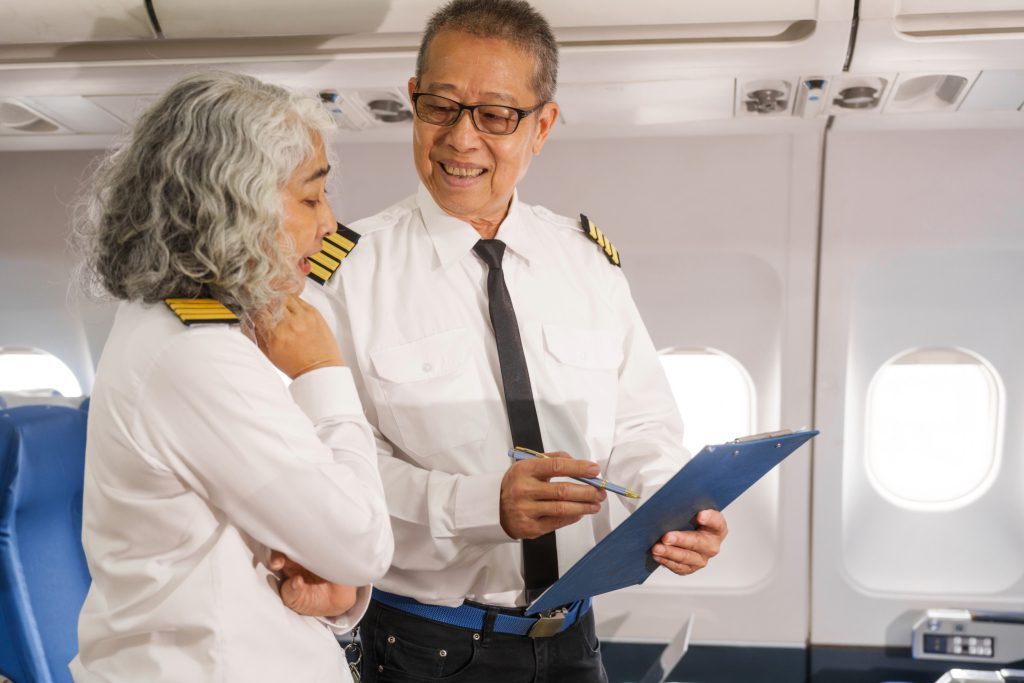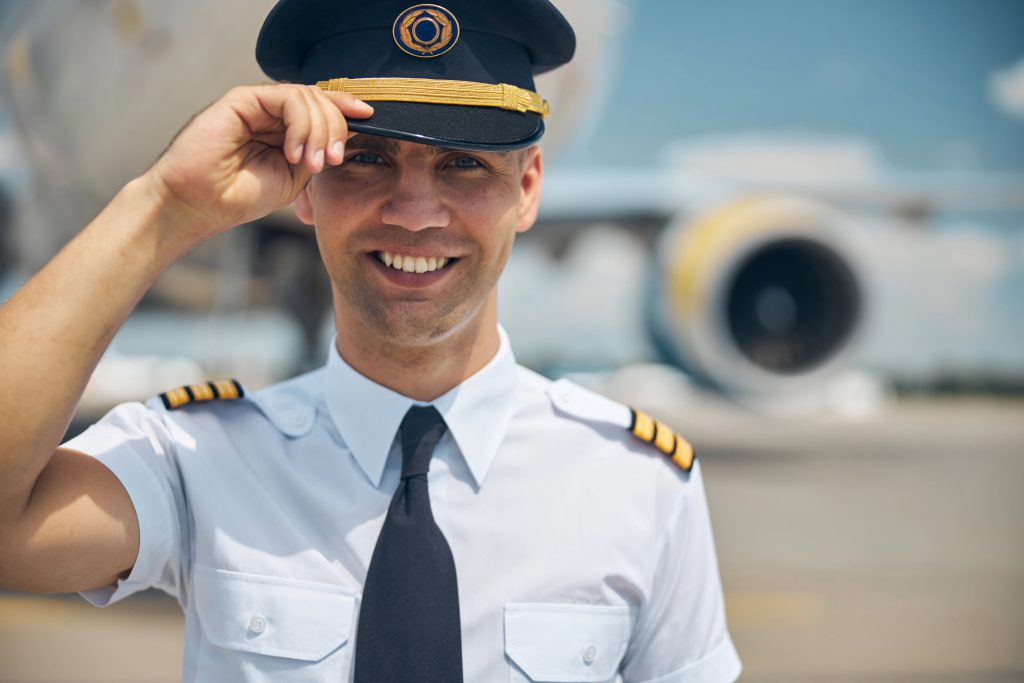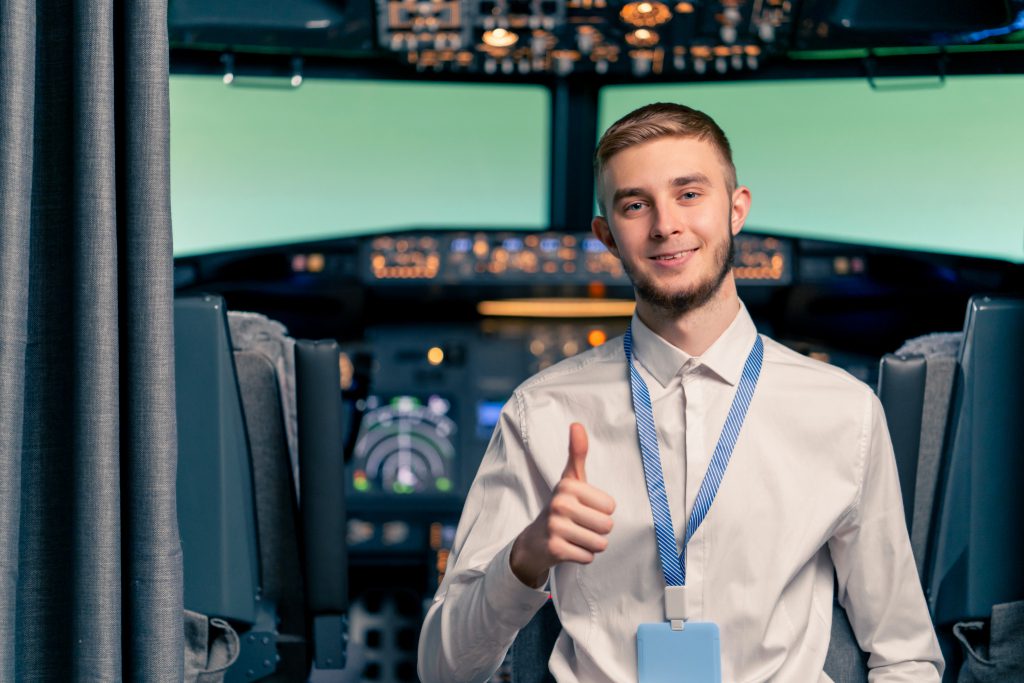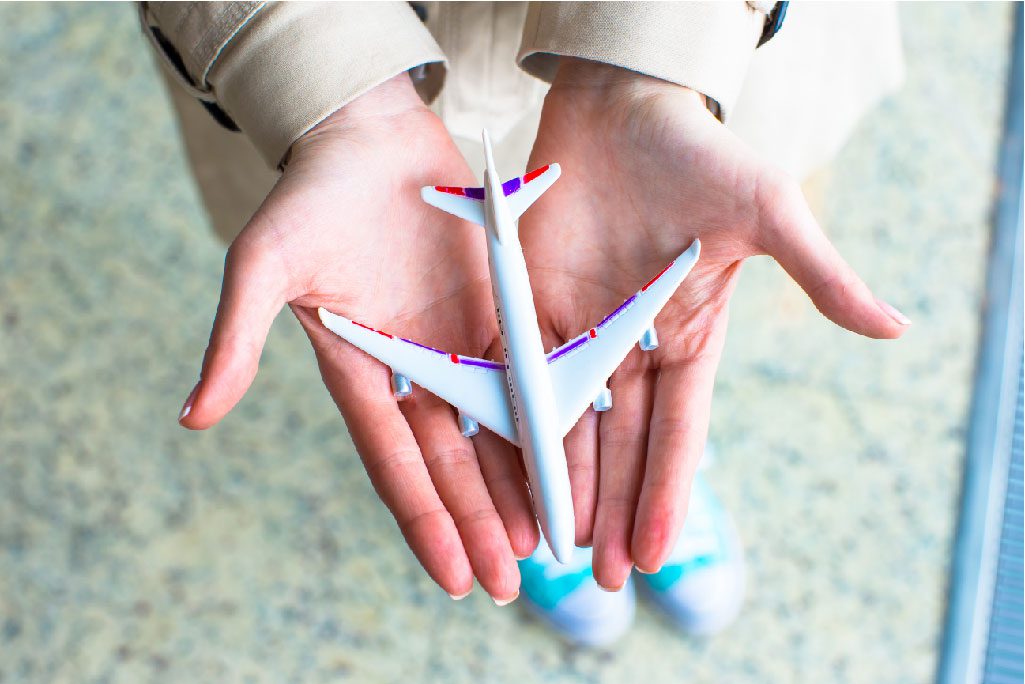Training for a flight is a critical moment in a student pilot’s life. It brings with it excitement and anticipation. All student pilots make mistakes during their journey and it’s completely fine. In fact, errors, in various forms, are an important stepping stone in the journey of discovering and evolving as a student and pilot. There are mistakes that students make so frequently during flight training that they can be referred to as common blunders.
Struggling With Study Habits
The class provides even greater challenges to the students and enduring an entire theory exam is especially daunting. Struggling with the proper scheduling for the classroom, theory, the test, and prep can result in an extensive amount of stress, especially in an exam as tough as a theory exam. Students are encouraged to treat preparation as a flight: it must be pre-planned, rehearsed, and get a time estimate for the various practice rounds. Studying theory has to be given proper time, and flying theory must be practiced ahead of time.
Rushing Pre-Flight Preparation
Avoiding weather briefs and navigation, among others, provide a quick five minute save, but can lead to dire outcomes during flight. Successful pilots treat planning as an integral aspect of the flight. Make sure that all the work is meticulously done and that the entire plan is double checked before engine start.
Weak Radio Skills
For many students, speaking on the radio makes them anxious. For some, this results in speaking in a monotone, long hesitations, or even improper phrasing, such as mixing words. Understanding the need for proper radio communication, students can practice by listening to ATC recordings, rehearsing calls, and most importantly, speaking slowly. Confidence on the radio makes the flying experience a lot more professional.
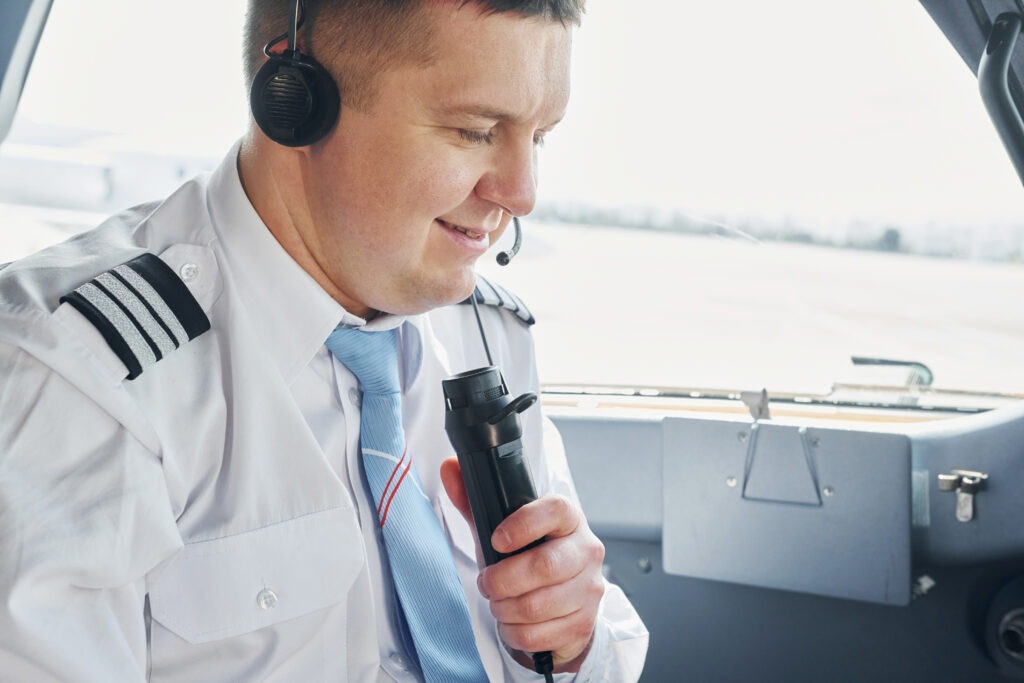
Ignoring the Checklist
Under high-pressure or stressful situations, it can be tempting to either skip a step or rush through a checklist. The unfortunate reality is that, in aviation, there is a long history of accidents that can be attributed to skipping even a single step. Once a habit is formed, it’s very hard to get rid of it. The best way to manage checklists is to read and say it aloud to fully commit to completing steps every single time.
Fixating on a Single Instrument
For novice practitioners in the aviation industry, this is a very common occurrence. Looking at the airspeed or altitude for prolonged periods is common. However, to be a safe and skilled pilot, checking all the different instruments as well as cross-referencing them is mandatory. It is vital to make sure that your practice includes creating a repeatable routine for the movement as well as a fluid, smooth scan pattern.
Pushing Weather Limits
As a student pilot, you might think that a flight into marginal weather won’t be that bad. Weather is a significant contributing factor to an accident, given the pilot’s limited experience in unfamiliar circumstances. Personal restrictions while flying should always be over-cautious. Remember, you are in control over the decision to fly or not, and that is something professional pilots do all the time while prioritizing safety.
Staying Silent When Confused
For some students, hiding their lack of understanding is their first choice. Flight instructors are expecting questions, its literally their job to explain things. Remember that saying, there is no such thing as a stupid question. If something is vague or doesn’t make sense, don’t be scared to ask because that’s how you clear out doubts.
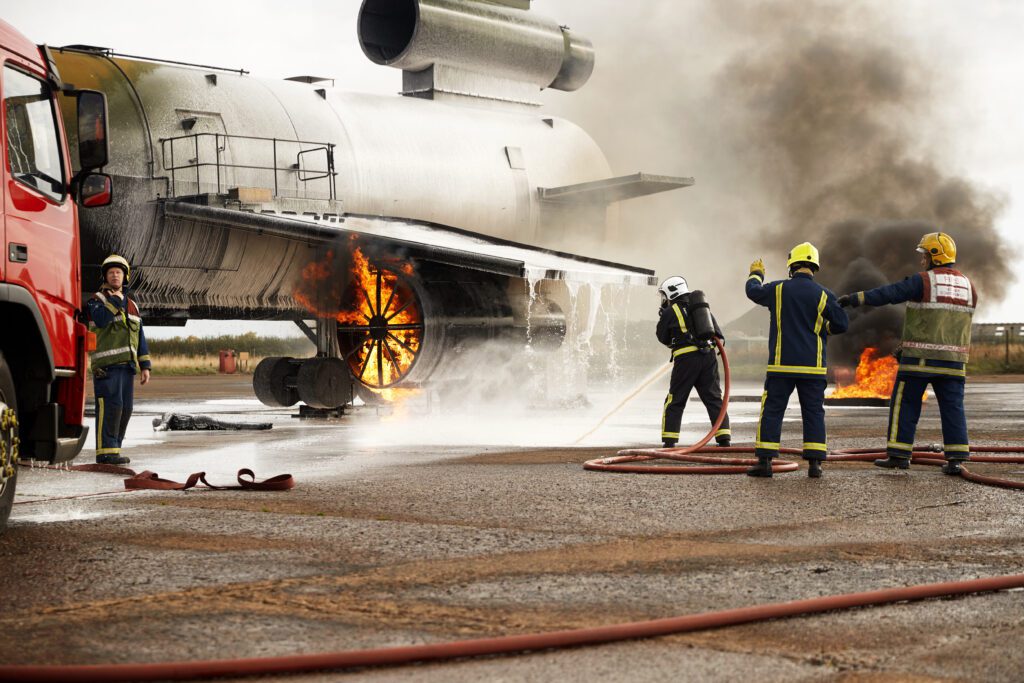
Letting the Airplane Take the Lead
For all the new pilots, in aviation there is a saying, do not get behind the airplane. You should try to make sure you are not always reacting a step slower. Think additional steps ahead, come up with a plan. Proper control and remaining unflustered amidst chaos relies heavily on the ability to anticipate.
Handling Emergencies as a Drill
In the classroom, some students treat simulated engine failures as a joke or an opportunity to zone out. But, try to treat every practice as preparation for real-life situations, because these simulations are meant to help you be better prepared for the real thing. You simply never know how much it may help.
Letting a Poor Flight Define You
Every pilot has rough days. There are days when you get a tough check flight or a rough bounce landing that brings down your confidence. But the key is to simply not give into that feeling. Strong focus allows one to get past that phase. Aim to remember that every pilot, even an airline’s captain, had to get through stalls, crosswind landings, and a lot of training to get an airline.
Last Words
Every pilot faces challenges along their journey, but these challenges shouldn’t be setbacks. Overcoming the most prevalent student pilot mistakes enables you to develop beneficial habits that will support you throughout your flying career.
In flying, the aim is not perfection. Rather, it is being prepared, self-disciplined, and open to continual improvement.

